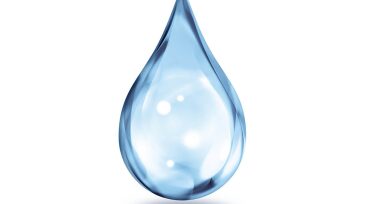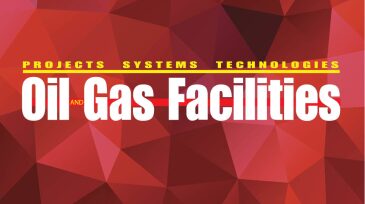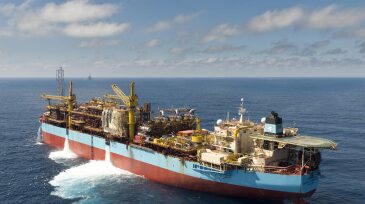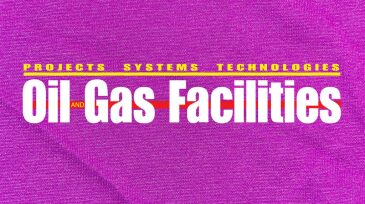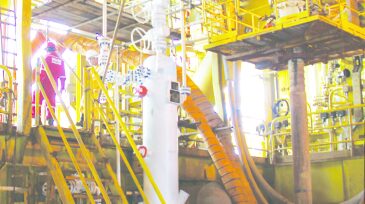separators
-
The sizing procedure described in the paper allows one to size horizontal gas/liquid separators considering nonstable flow rate at the inlet or fluctuations in the liquid fraction on the same stream.
-
A project spearheaded by ExxonMobil, Shell, Chevron, and the Southwest Research Institute (SwRI) has been established to advance separation technology through improved testing methods and collaboration between users and suppliers.
-
This paper summarizes the results of a qualification program that included a multiphase, subsea-separation system for shallow-water applications.
-
Mark Bothamley's series quantifying separation performance in the August-December 2013 issues represents a significant addition to the literature in two-phase separator design. Ken Arnold proposes additional areas of study to take our knowledge even further.
-
The simplest way to measure return on investment for an offshore water treatment system is to determine whether using the system actually reduces the risk of paying a fine for violating water pollution laws.
-
The growing amount of heavy crude processed worldwide has created additional separation challenges, leading some operators to turn to alternative technologies. In some cases, electrocoalescence has been an effective tool to separate oil from water.
-
The development of compact topside processing plants for floating, production, storage and offloading (FPSO) vessels is a growing industry trend that can reduce operating and capital expenditures over the life of the vessel, a researcher and scientist said recently.
-
The ubiquitous nature of separations in facilities led to the development of the Separations Technology Technical Section (STTS) in 2011. In it's 3rd year, more activities are planned. Should you be a member?
-
In this third article of a three-part series, the results of selected gas/liquid separation case studies/sensitivities are presented to show the effects of key separator selection/sizing decision parameters, fluid properties, and operational parameters.
-
Facilities sand management is tasked with the goal of ensuring sustained hydrocarbon production when particulate solids are present in well fluids, while minimizing the impact of the produced solids on surface equipment. How to do that?




